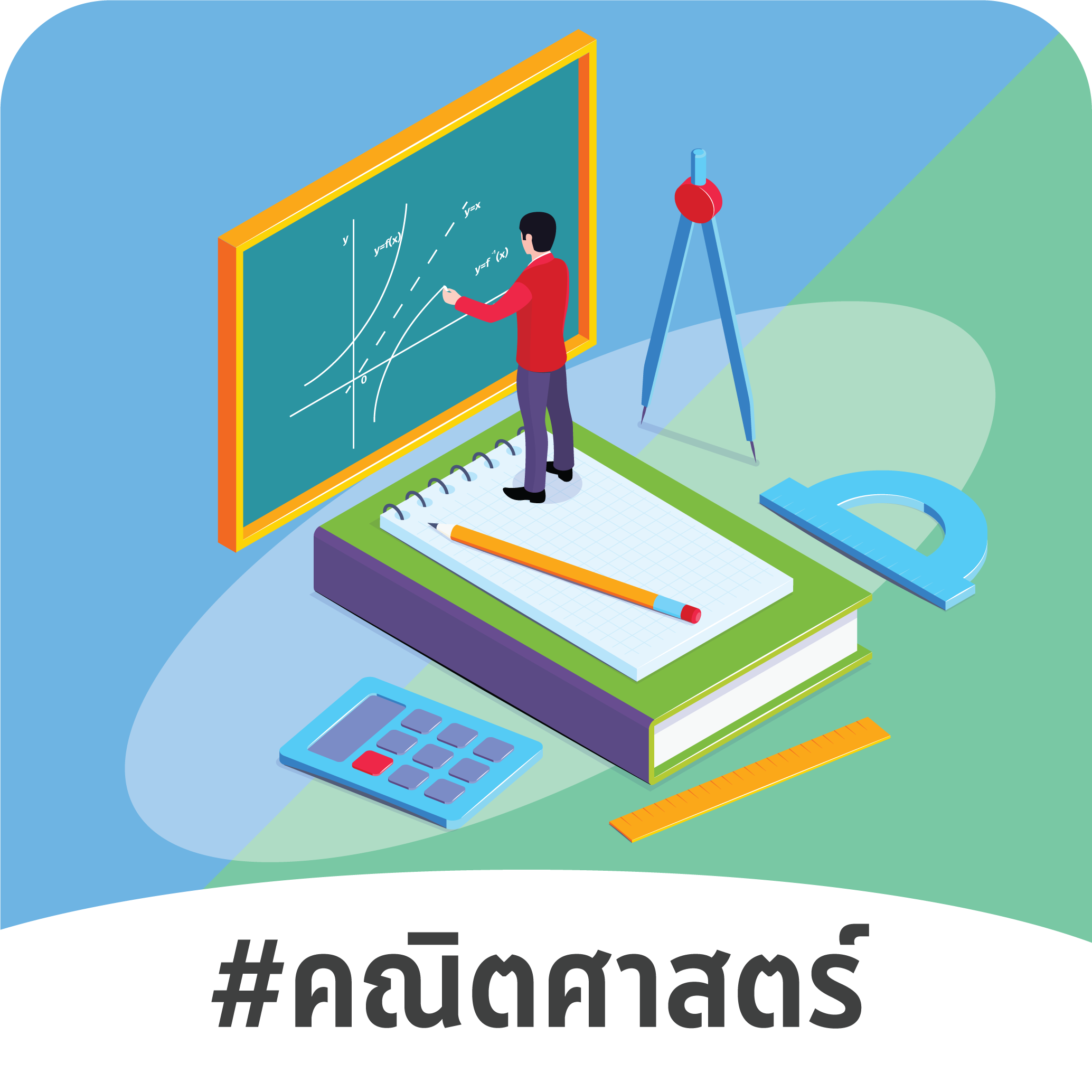ผลการจัดการเรียนรู้แบบผสมผสานโดย Learn Education ที่มีต่อผลสัมฤทธิ์ทางการเรียนรายวิชาคณิตศาสตร์ของนักเรียนชั้นมัธยมศึกษาปีที่ 3 EFFECTS OF BLENDED LEARNING BY LEARN EDUCATION ON MATHEMATICAL ACHIEVEMENT OF NINTH GRADE STUDENTS
Main Article Content
Abstract
Downloads
Article Details
References
กระทรวงศึกษาธิการ. (2560). หลักสูตรแกนกลางการศึกษาขั้นพื้นฐานพุทธศักราช 2551. กรุงเทพฯ
เกรียงศักดิ์ เจริญวงศ์ศักดิ์. (2543). ลายแทงนักคิด. กรุงเทพฯ: สำนักพิมพ์ซัคเซสมีเดีย.
โชติกา ภาษีผล. (2559). การวัดและการประเมินผลการเรียนรู้. กรุงเทพฯ: โรงพิมพ์แห่งจุฬาลงกรณ์มหาวิทยาลัย.
ถวิล อรัญเวศ. (2560). สาเหตุที่นักเรียนมีคะแนนผลสอบ O-NET ต่ำและแนวทางการยกระดับคุณภาพผลสัมฤทธิ์ O-NET. http://www.gotoknow.org/posts/599289
ภานุวัฒน์ ศรีไชยเลิศ. 2556. การพัฒนาอีเลิร์นนิ่งผสมผสานเรื่อง การซ่อมและประกอบคอมพิวเตอร์สำหรับนักศึกษาวิชาโปรแกรมเทคโนโลยีการศึกษา สารสนเทศและการสื่อสาร. วารสารวิชาการศรีปทุม ชลบุรี. 9(4): 21-28.
ศิริชัย กาญจนวาสี. (2551). ทฤษฎีการประเมิน. กรุงเทพมหานคร : โรงพิมพ์แห่งจุฬาลงกรณ์มหาวิทยาลัย.
สถาบันทดสอบทางการศึกษาแห่งชาติ. (2565). ผลการทดสอบทางการศึกษาขั้นพื้นฐาน(O-NET).
อภิชาติ อนุกูลเวช. (2551). การพัฒนารูปแบบการเรียนการสอนฝึกปฏิบัติทางเทคนิคบนเครือข่ายอินเทอร์เน็ตสำหรับนักเรียนอาชีวศึกษา. (ปริญญานิพนธ์กศ.ด.), มหาวิทยาลัยศรีนครินทรวิโรฒ,
กรุงเทพฯ.
Bernath, R. (2012). Effectives Approaches to Blended Learning for Independent Schools. http://www.testden.com/partner/blended%20learn .html
Consultancy.uk. (2015). Generation Y less satisfied than other generations. https://www.consultancy.uk/ news/2061/generation-y-less-satisfied-than-other-generations
Driscoll, M. (2002). Blended learning: Let’s get beyond the hype. E-learning, 1(4), 1-4.
Farrell, W. C., & Phungsoonthorn, T. (2020) Generation Z in Thailand. International Journal of Cross Cultural Management, 20(1), 25-51. https://doi.org/10.1177/1470595820904116
Graham. C.R. (2012). Introduction to Blended Learning. http://www.media.wiley.com/product_data/except/86/C.pdf.
Garnham, C., & Kaleta, R. (2002). Introduction to hybrid courses. Teaching with technology today, 8(6). http://dx.doi.org/10.1016/j.iree.2013.10.009
Horn. B.M. and Staker. H. (2011). The Rise of K-12 Blended Learning. Infosight Institute.
Li, S., & Wang, W. (2022). Effect of blended learning on student performance in K-12 settings: meta-analysis. Journal of Computer Assisted Learning, 38(5), 1254–1272. https://doi.org/10.1111/jcal.126961272LIANDWANG
Rasheed Abubakar Rasheed, Amirrudin Kamsin, Nor Aniza Abdulla. (2020). Challenges in the online component of blended learning: a systematic review. Computers &Education,144, 103701. https://doi.org/10.1016/j.compedu.2019.103701.
Rothman, D. (2016). A tsunami of learners called Generation Z Model. https://mdle. net/Journal_A_Tsunami_of_Learners_Called_Generation_Z.pdf
Shuqin, L.,&Weihua, W. (2021). Effect of blended learning on student performance in K-12 settings: A meta-analysis. Journal of Computer Assisted Learning, 38(5). 1254-1272.
Singh, H. (2003). Building Effective Blended Learning Programs. Educational Technology, 43(6), 51-54. https://doi.org/10.4018/978-1-7998-7607-6.ch002

